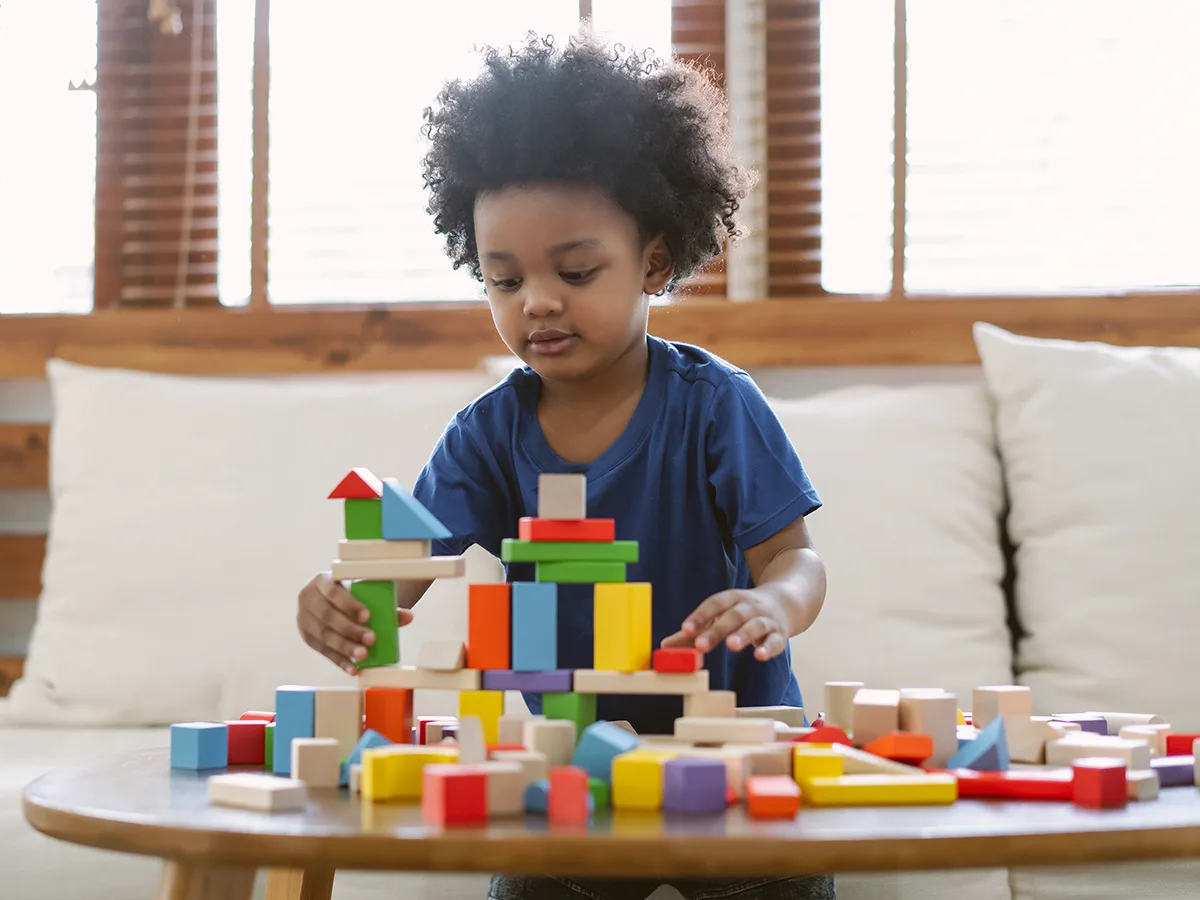Developmental milestones for 2-year-olds

At a glance
At this age, toddlers gain many social, language, learning, and physical skills.
They typically reach new milestones throughout the year.
Some 2-year-olds have delays in their development.
The toddler years are in full swing for 2-year-olds, and it’s a big time for growth. But you may not be sure what skills are typical for kids this age.
The Centers for Disease Control and Prevention (CDC) has a list of milestones, which it updated with many changes in 2022. The agency moved some of the milestones to different age ranges, which some experts question. The CDC milestones below can help you know what to expect. If your child isn’t meeting them, it can point to possible developmental delays. If you have concerns, be sure to talk to your child’s health care provider.
The CDC milestones below can help you know what to expect by 24 months, 30 months, and 36 months.
You can also learn more about:
At 24 months
Social/emotional milestones
Notices when others are hurt or upset, like pausing or looking sad when someone is crying
Looks at your face to see how to react in a new situation
Language/communication milestones
Points to things in a book when you ask, like “Where is the bear?”
Says at least two words together, like “More milk.”
Points to at least two body parts you name, like nose or toes
Uses more gestures than just waving and pointing, like blowing a kiss or nodding yes
Cognitive milestones (learning, thinking, problem-solving)
Holds something in one hand while using the other hand; for example, holding a crayon box and taking out a crayon
Tries to use switches, knobs, or buttons on a toy
Plays with more than one toy at the same time, like putting toy food on a toy plate
Movement/physical development milestones
Kicks a ball
Runs
Walks (not climbs) up a few stairs with or without help
Eats with a spoon
By 30 months
Social/emotional milestones
Plays next to other children and sometimes plays with them
Shows you what they can do by saying, “Look at me!”
Follows simple routines when told, like helping to pick up toys when you say, “It’s clean-up time.”
Language/communication milestones
Says about 50 words
Says two or more words together, with one action word, like “Doggie run”
Names things in a book when you point and ask, “What is this?”
Says words like “I,” “me,” or “we”
Cognitive milestones (learning, thinking, problem-solving)
Uses things to pretend, like feeding a block to a doll as if it were food
Shows simple problem-solving skills, like standing on a small stool to reach something
Follows two-step instructions like “Put the toy down and close the door.”
Shows they know at least one color, like pointing to a red crayon when you ask, “Which one is red?”
Movement/physical development milestones
Uses hands to twist things, like turning doorknobs or unscrewing lids
Takes some clothes off without help, like loose pants or an open jacket
Jumps off the ground with both feet
Turns book pages, one at a time, when you read out loud
By 36 months
Social/emotional milestones
Calms down within 10 minutes after you leave (if they have separation anxiety)
Notices other children and joins them to play
Language/communication milestones
Talks with you in conversation using at least two back-and-forth exchanges
Asks “who,” “what,” “where,” or “why” questions, like “Where is Mommy/Daddy?”
Says what action is happening in a picture or book when asked, like “running,” “eating,” or “playing”
Says first name, when asked
Talks well enough for others to understand, most of the time
Cognitive milestones (learning, thinking, problem-solving)
Copies a circle when you show them how
Avoids touching hot objects, like a stove, when warned
Movement/physical development milestones
Strings items together, like large beads or macaroni
Puts on some clothes without help, like loose pants or a jacket
Uses a fork
All kids develop at their own rate, and some take more time than others. But if your toddler isn’t meeting the majority of these milestones by 3, let your child’s health care provider know. You can talk about whether an early intervention evaluation makes sense for your toddler.
Take a look forward at developmental milestones for 3-year-olds.
Key takeaways
By the end of this year, kids are usually asking many “why” questions.
Most speak clearly enough that strangers can understand what they say.
If kids don’t meet many of these milestones, it’s a good idea to talk with a medical provider.


